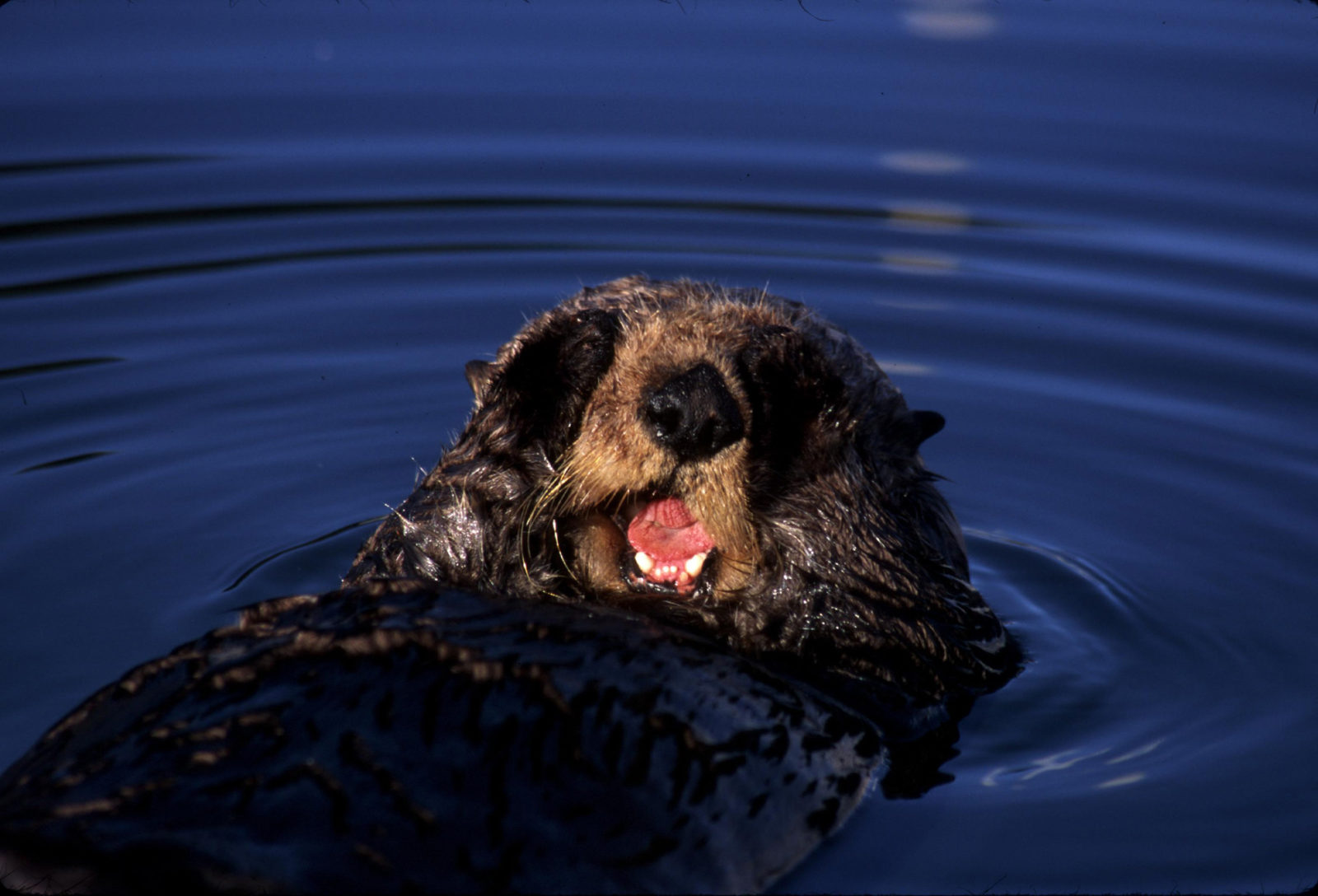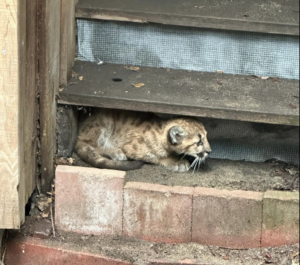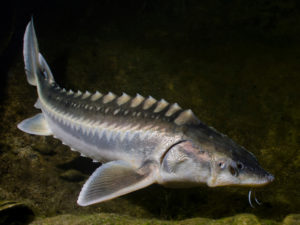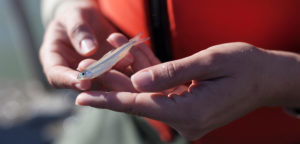Melissa Miller’s job is to listen to what sea otters have to say about the things that are killing them. Conducting hundreds of post-mortem examinations on sea otters is one way she does this as a California Department of Fish and Wildlife (CDFW) pathologist and wildlife veterinarian.
“These exams,” Miller said, “tell us not just how the otters died, but also how they lived.”
Although the southern sea otter population increased from 1,270 in the 1980s to 3,500 in 2016, it has leveled off at just under 3,000 in the last three years. It turns out a lot of things are killing sea otters, including shark bites, pollutants and parasites. Miller and other scientists found that one parasite in particular, called Toxoplasma gondii, was either the primary cause of death or a contributing cause for 29 percent of southern sea otters they examined between 1998-2001.
In a paper published in August 2019 in The Proceedings of the Royal Society B, Miller used genetic data to link the particular strain of Toxoplasma gondii killing sea otters and other endangered wildlife to strains found in cat feces. Karen Shapiro, an associate professor of microbiology at the UC Davis Veterinary School and co-author on the study, said the pathogen also causes the infection toxoplasmosis in humans, which the Centers for Disease Control and Prevention considers to be a leading cause of foodborne illness deaths in the United States.
“If sea otters are getting sick by accidentally eating pathogens that come from cat poop, we should all be worried,” Shapiro said. “Toxoplasma gondii is a red flag for a much broader problem of pathogens polluting our waterways and ending up in the ocean.”
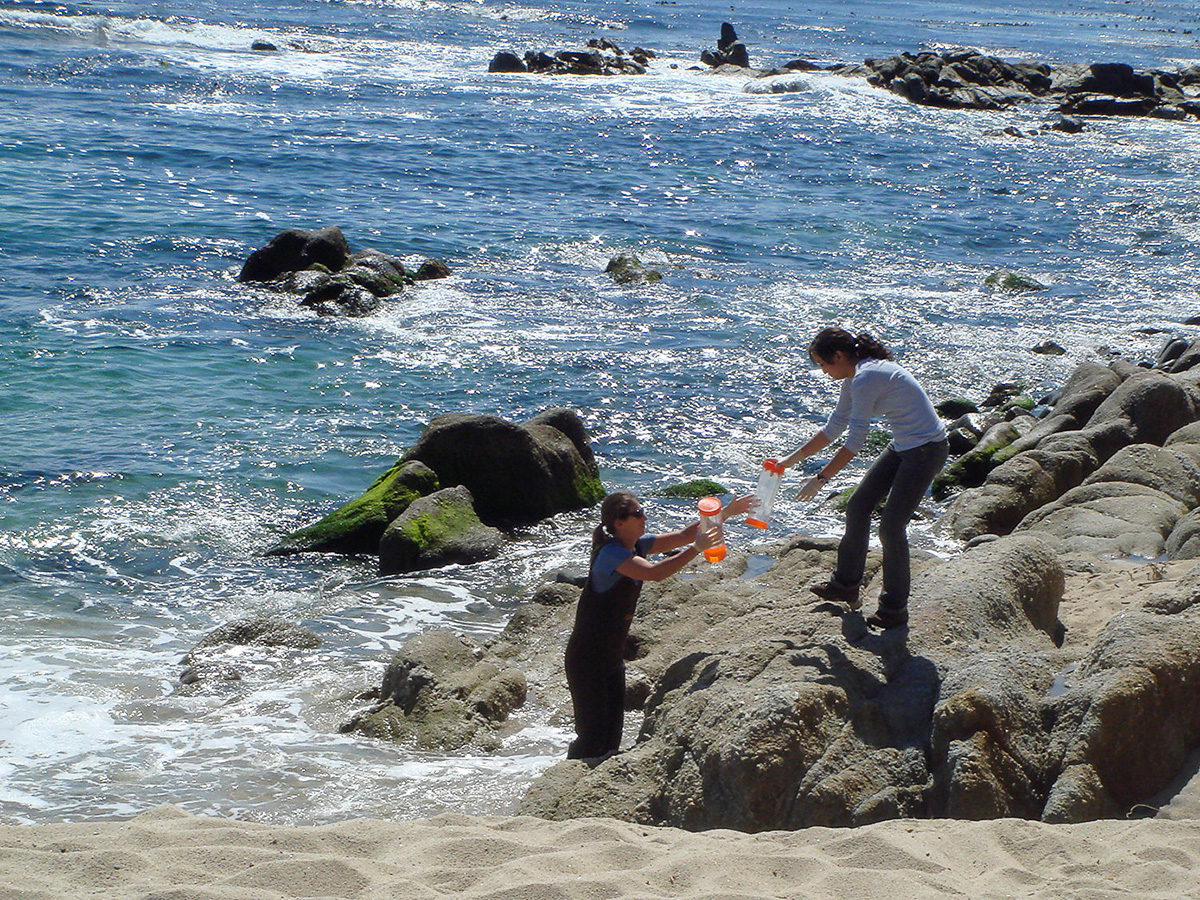
Both feral domestic cats and wild cats become infected with Toxoplasma gondii after eating infected rodents or birds. The cats then shed millions of oocysts, or parasite egg cells, in their feces. Rainfall washes the feces directly into the water, or into drains, which carry it to wastewater treatment plants unequipped to filter out the oocysts. Once it enters coastal waters, the parasite infects warm-blooded marine life, from otters to seals to dolphins. Shellfish, including oysters and mussels, ingest Toxoplasma gondii from waterways, and can in turn transmit the parasite to humans who eat shellfish that hasn’t been thoroughly cooked. People can also acquire the parasite from pet cats, by accidentally ingesting it while cleaning kitty litter.
Most of the estimated 60 million Americans infected with Toxoplasma gondii experience no symptoms; a healthy immune system prevents the parasite from causing illness. The parasite, however, is especially harmful to fetuses and to those with compromised immune systems. Multiple studies also suggest correlations between Toxoplasma gondii and mental illnesses, including schizophrenia. And once the parasite infects its host, it never leaves.
The parasite is widespread in otters, although most don’t seem to suffer from it. In some otters, the parasite causes brain infections, either killing the otter outright or weakening it so that it dies from something else. Why Toxoplasmo gondii sometimes turns deadly remains a mystery, though Miller and Shapiro suspect it may have something to do with both the strain of the parasite and otter’s overall health.
Toxoplasma gondii is likely not the only pathogen behind sea otter deaths. Sarcocystis neurona, an even more lethal parasite, infects otters when shed in the feces of Virginia opossums, and might sometimes kill in tandem with Toxoplasma. Fifteen years ago, Sarcocystis neurona infected and killed a large group of sea otters along the coast near Morro Bay, causing the single largest monthly spike in sea otter mortality recorded since researchers began collecting otter stranding data in the early 1970s.
As a federally threatened species, southern sea otters, also known as California sea otters, are one of the most-researched mammals in the state. They’re also considered a keystone species for their outsized influence on the rest of the coastal ecosystem.
“Sea otters make excellent sentinels for telling us about the quality of coastal California waters,” Shapiro said.
Otters eat urchins and crabs that unchecked might overrun kelp forests and seagrass beds, helping preserve coastal habitats for hundreds of fish and invertebrate species. Healthy kelp, moreover, reduces shoreline erosion and contributes to lower greenhouse gas levels. Pollutants and parasites have significant implications for the sea otter’s ecosystem health and sustainability, Shapiro said.
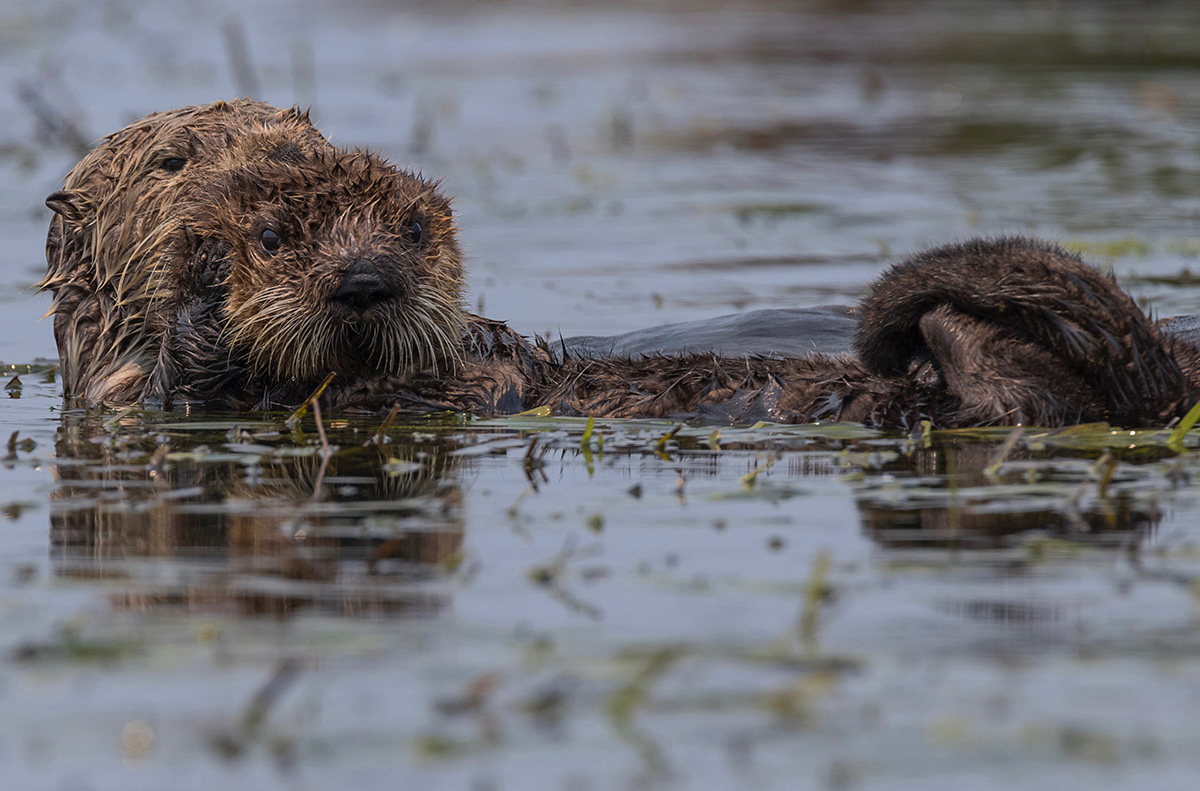
Prior to the 1800s, sea otters were abundant along California’s coastline and in the San Francisco Bay. After nearing extinction in the 1970s the otters have recovered to near the point of de-listing from the Endangered Species List, but they continue to face threats that limit their population growth and ability to expand their current range along the central coast.
The U.S. Geological Survey has counted otters every spring since 1983, and scientists fear the otter numbers have leveled. Shark predation along their northern and southern ranges are likely the main deterrent to sea otter range expansion. In this precarious habitat, an oil spill or similar environmental disaster could seriously threaten California’s sea otter population, said Shawn Johnson, the director of veterinary science at The Marine Mammal Center in Sausalito.
To bolster the population, some researchers are exploring reintroducing sea otters into coastal areas they once inhabited, including the San Francisco Bay. Scientists first want to evaluate risks to sea otters including exposure to chemical and biological pollutants, human-wildlife conflict, harmful algal blooms and potential oil spills.
Some marine species, including humpback whales and harbor porpoises, have successfully made their way back to the Bay. But sea otters are picky. Previous attempts to move them to San Nicolas Island in the 1970s had limited success, as female adult otters returned to their original home territories. Young male otters, usually bold explorers who seek new habitats, have occasionally lived in San Francisco and Tomales Bay, but never for long. A young male otter lived in Richardson Bay for a month in 2015, but died, possibly from a neurological disease.
CDFW’s Marine Wildlife Veterinary Care and Research Center will soon publish, together with academic and other research partners, results from a 15-year study on what kills California sea otters. “These findings,” Miller said, “should help researchers assess population impacts and optimize conservation and environmental mitigation efforts.”
The solutions could be complicated. When Miller and Shapiro’s published their recent study, media outlets, from The New York Times to Smithsonian.com, reported the news by suggesting the problem could be solved by putting cat feces in plastic bags and throwing it into landfills. But the most virulent strain of Toxoplasma gondii is more commonly associated with wild animals than domestic ones, Miller and Shapiro wrote, meaning parasites enter marine waters apart from urban areas. The sheer number of domestic cats relative to wild ones, however, suggests their contribution could be greater. It means the issue, the scientists say, has much more to do with overall coastal health.
“We need to start thinking more holistically about how we manage our coastlines,” Shapiro said. “Restoring and preserving the few remaining wetlands we have in California will help filter out contaminants before they reach the ocean.”

